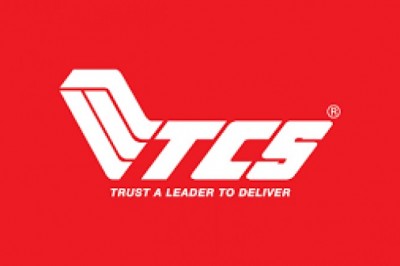views

Organizational Purpose – An abstract idea or a very concrete action?
Purpose energizes the workforce. There is no dearth of literature, case studies and organizational success stories, who have trodden a path full of purpose. And in doing so, enthused and created a lot of positive emotion – one like by the employees and by the customers. “To put a ding in the universe” said Steve Jobs, that inspired possibly a whole generation of professionals.
But is purpose really about words? An abstract idea? Or it is more than what meets the eye on a casual glare. Many a great people inspired generations through a powerful purpose – both in the professional world as well as in our social existence. Many thinkers influence our work, life and being. If purpose was to be just an idea, or a direction, or a lighthouse, as it is called – there are many such lighthouses, but each of them do not grab attention of a seafarer.
There must be something about the lighthouse itself – some characteristic or property, that makes a lighthouse or a seashore interesting – that draws the attention of the seafarer, to traverse the path, and make that shore a part of her goal – and her purpose.
In human history, both corporate and social, one observes – that property is wrapped in three pillars: of hunger (of the believer), of behavior (of the source) and of a (clear) call for action. The likelihood of a seafarer to get attracted to such a lighthouse is higher. This analogy – once looked from an organizational or institutional standpoint – puts a lot of responsibility of believability of purpose on the incumbents and principals in the organization. “Purpose is a function of character, and character is something we mostly notice by its absence” (Purpose, Nikos Mourkogiannis). It is not just the idea – it is the character that matters – and character is built by actions and behaviors of the propagators.
An organization cannot inspire people with the idea of a purpose. An organization can inspire people by her action! When the action is worthy of an employee’s awareness, appealing to their hunger –hardships do not matter. Armed forces of the countries are a great example to look at here – hardships multiply at times, but the motive deepens, why? Because, soldier has enough hunger, the purpose is not just an idea – but the behavior of a whole organization, and the call for action is usually clear and unambiguous.
Thus, in context of current and potential employees, organizations that try to attract and retain people by promises of purpose, may tend to fail miserably in their efforts. And here the actions speak louder than the words. Organizations and leaders within the organization – thus have a far bigger responsibility on their shoulders than just to craft “purpose phrases”. The responsibility to “Act” on what one says. Concrete visible action is purpose, not the words or battle calls that surround it.
Therefore, it is important to internally look at actions, externally on what the talent may be hungry about and what is the call for action? And how would leaders and organizational development professionals bring the fruits of a purposeful living to live in today’s organizations and institutions. As highlighted, we may tread on a three-fold path:
- Character: Character is an interesting word. In this single expression, it brings together the thought and action. There is not thought-action duality. And organizations of character influence the purpose motive in people, both customers and employees faster than anywhere else. Just to draw an analogy: this may be why Tata’s acquisition of Air India would generate a positive response, despite they guarantee just one year of job continuity to people.
- Hunger: Hunger of those who need to be influenced, is to be understood thoroughly. What are people hungry for.” Meaning”, that such a wider phrase. What do people care about in their day-to-day lives? A Tesla may not be the greatest place to work, but nevertheless people take the hardship of working endlessly. Why? Because, it is about learning great technology, it is about making a difference to planet by the product you are part of. And that’s the type of hunger, a purpose needs to appeal to. Hunger, we create purpose for, cannot be theoretical – it is that practical hunger that needs satiation – a typical example of such a hunger is the profit motive – that most organizations tend to create as purpose.
- Call for Action: A clear concrete call for action. No ambiguity. That is how purpose is lived in action – and that is how it becomes purpose in the first place. Many an organization, talk about transforming lives of their customers and great customer service as their purpose. One must ask, does that phrase have a corresponding simple action? A call that the on-ground personnel can understand and execute? In the current pandemic we have seen enough examples of this call of duty, among healthcare professionals – many who led their lives for saving lives – and a salute to them. And that simple is the call for action, viz. not selling a product, but advising the customer right. Zappos, another great living example of such a call for action.
An idea is made concrete, by the character of its proponents – be it profession, religion, or social organizations. And that is where the responsibility – to talk less of ideas and showcase more of the actions! That would draw people to your purpose.












